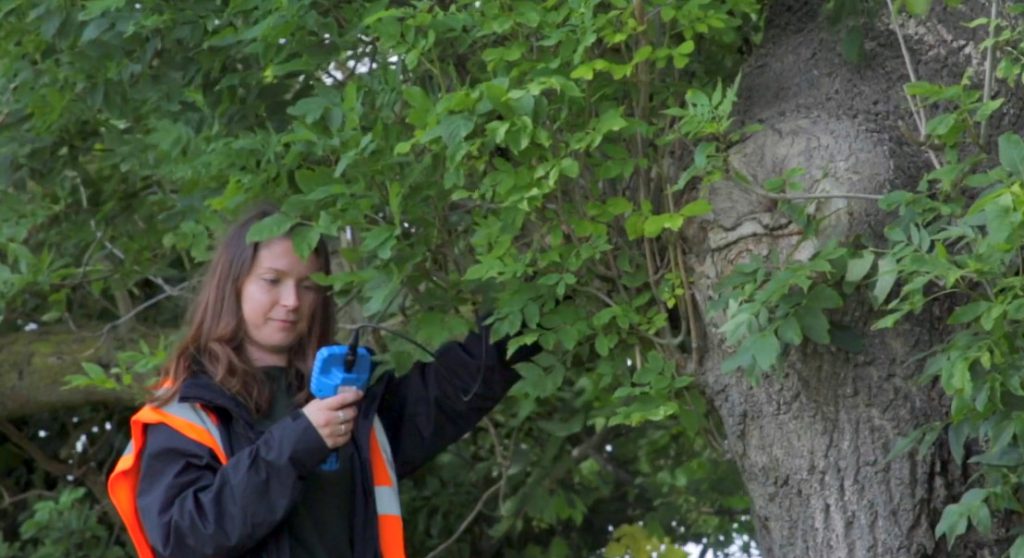Arbtech have the in house expertise to allow us to carry out surveys for breeding birds quickly and efficiently. We can provide a number of surveys including a breeding bird survey and a breeding bird check.
Why You Have Been Asked for a Breeding Bird Survey
In the UK, all nesting birds are protected under the Wildlife and Countryside Act 1981 (as amended). This means that it is an offence to intentionally kill, injure or take any wild bird or take, damage or destroy its nest whilst in use or being built, or take or destroy its eggs. Breaking the law can lead to fines of up to £5000 per offence and prison sentences of up to 6 months.
Breeding bird surveys can only be done at certain times of the year so if you have been asked for one, we would advise you to arrange for the survey to be done as soon as possible to avoid any delays to your project. A breeding bird survey can only be done during the months of April, May and June and breeding bird checks can be done between the months of March and August inclusive.
About Us
We have been carrying out ecological surveys and arboricultural surveys for over 10 years now. We are one of the UK’s leading consultancies and we are obsessed with delivering high quality surveys quickly and efficiently. Just check out the hundreds of genuine reviews from happy clients.
We have a number of offices in the UK. We are strategically placed in Chester, Birmingham and London which allows us to carry out surveys nearly everywhere. We also have full time employees based at home in many other locations which means that our coverage is even wider. This means that wherever you are in the UK, there should be no issue providing you with a fast, efficient and low cost survey.


